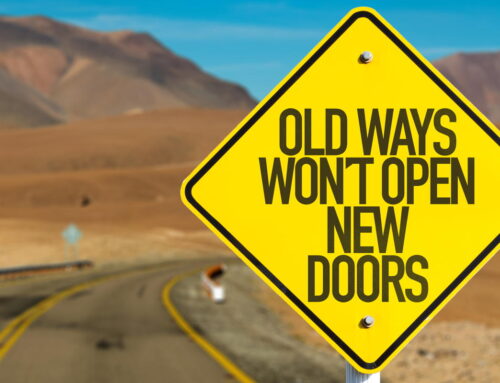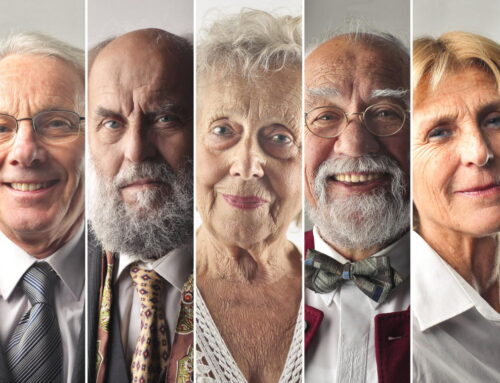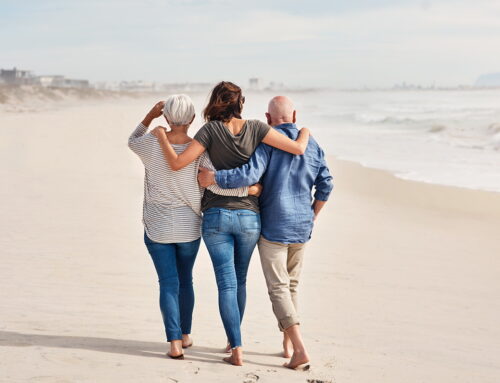If you listen to the hype, Millennials are responsible for killing off a long list of things beloved by Boomers. Everything from real napkins to landlines are disappearing because Millennials refuse to buy or use them. Familiar brands aren’t immune either. Downy Fabric Softener, Applebee’s, and Sam Adams have seen profits dip. Tiffany and Company has been impacted by a generation that is more frugal than previous ones. Even hotels are rethinking what they offer because of their Gen Z and Millennial audience prefers communal spaces!
The $600 billion (US) spending power of this cohort means their vision is becoming fact. The new touchstones they prize include sustainability and environmentally conscious production values, a disdain for mass-produced cookie-cutter styles, and authentic bold stands on social issues. Customization and monograms, one-off designs for their kicks, and catching an upcoming designer before anyone else is more important to them than simply sporting a well-established designer label.
Thanks to difficult economies and recessions, this generation is cost conscious in ways their parents and grandparents were not. The first wave of millennials graduated during the recession. That’s directly impacted the decisions they’ve made about marriage, houses (buying them later and smaller), cars, and hotels. Your father’s business hotel has transformed to meet their demands for a comfy bed and a communal space to hang out for meals, a cocktail, and answering email. As travellers, they’ve popularized Airbnb and banished the tubs, desks, and irons from hotels. International hotel brands are introducing trendier brands like Glo and Tru aimed at younger travellers in order to stay relevant as this generation indulges in their wanderlust.
Millennials Wear Many Hats
The sheer size of this audience of Millennials means their trends have clout as the quick adoption of avocado toast bears witness. Beyond their abandonment of major brands, they’ve changed the business world .Casual Friday has morphed into hoodies, jeans and T-shirts for wear in and out of the office five days a week. Mark Zuckerberg’s iconic look has made him a role model and fashion icon. Their casual approach to dressing predates the pandemic. They favored PJs for college class wear, “dressy” flip-flops at weddings, and clothes of every hue at funerals long before work-from-home jammies became the norm for everyone working from home. In fact, Millennial designers are now leading the major fashion houses, bringing their generational shift in vision to everything from haute couture to fast fashion at your local mall.
No matter which industry you’re talking about, the old image of workers dressed alike in suits and ties has given way to weekly chair massages, telecommuting and flextime. Unlike their grandparents, Millennials have no problem with jumping from job to job. In fact, a 2016 LinkedIn survey suggested more Millennials hop from job to job than their parents. The benefit to employers is that these job-hopping workers bring more depth of experience to their job. And curiously, the Bureau of Labor stats show that Boomers were just as likely to change jobs frequently when they were in their 20s as Millennials.
The impact of Millennials on business goes beyond their fashion choices and number of jobs. As a cohort, they’ve highlighted the need for flexibility and transparency in the workplace. Tradition-bound employers may call them lazy and entitled, but more dispassionate managers acknowledge their demands for frank discussions with upper management, an expectation for personal work-life balance, and delivering actual value to clients that aligns with a company’s mission and purpose benefits business as much as the individual. Flex time, remote work, and non-traditional benefits like bringing your dog to work are appreciated by everyone.
The Millennial Audience is Digitally Fluent
This generation has grown up with technology. That may explain why, in 2019, more than 9 in 10 of them owned a smartphone, outstripping Gen X (90%) and Boomers (68%), according to Pew Research. They’re comfortable with a digital world and living their lives on social media, with 73% of Millennials believing the internet has a positive impact on society. By extension, they’ve also had a significant impact on technology.
Tech has responded by making eCommerce easier than ever on both sides. Mobile credit card readers make it simple to swipe and go for sellers ranging from indie bookstores to farmers’ markets. Need groceries but no time to actually, you know, shop? There’s an app for that. And thanks to COVID, which made in-store shopping problematic, 36% of Millennials plan to shop in stores less often. Why? Because they value convenience and their time. As you consider the future, and this cohort’s senior living needs, it would be wise to consider not only how to communicate with them digitally, but how they think in digital terms. For example, it’s not about having an app to accomplish a specific task, but making choices about which ones support their personal needs.
Putting Values into Action
As with the changes they’ve brought to the business world, the Millennial audiences has the power to increase their influence on corporate social responsibility. This group is also moving from job hoppers to management levels where they can make a difference. And, they have made progress in raising awareness of key environmental issues and sustainability. A 2019 Gallup Poll found 49% of adults aged 30-49 and 67% of those aged 18-29 believe global warming is real, man-made, and a serious threat.
But combating global warming isn’t the only concern they have. This generation has been vocal participants in the #MeToo movement and cancel culture. They’re quick to publicly shame brands and celebs who get it wrong; Chrissy Teigen, J.K. Rowling, and Mike Lindell, the My Pillow CEO, have all felt their wrath. They’ve brought difficult issues about race, policing, and justice into the public conversation. They’ve outed “Karens” for their bad public behavior and discrimination. And they’ve added a new definition to the word woke, using it as an adjective to describe someone or actions that are alert to social injustice.
Millennials are Hitting Their Stride
The oldest Millennials are now eligible for federal protection from age discrimination in the work place. As they enter their 40s, you and I know it’s an age when we’re more aware of ourselves as we begin to look ahead to our “golden” years. But I suspect that terminology will change in the years ahead.
Boomers are beginning to model a lifestyle that’s atypical of previous seniors. They’re choosing to age in place instead of choosing a senior-focused community. As the original wild child, Boomers continue to act as though the world is their oyster. I believe your Millennial audience will follow a similar path. They’ve seen Gen Xers struggle to find balance with work, life, and caring for their elders and their families. And while Gen Zers might embrace multigenerational housing choices, Millennials are just as likely to continue to carve a path that gives them independence and mobility. Their experience with remote work and their passion for travel may see them explore expat options more than any other generation.
A New Strategy for Millennials
It might seem too early to begin thinking about the Millennial audience in senior living circles. But I believe it’s never too soon to consider future demands. Adult children of Gen X will be part of the conversation sooner rather than later. Gaining their attention and trust demands a different approach than current practices. For example, phone calls are an essential touchpoint for current prospects. But I promise you, for Millennials, actual phone calls are something to avoid. They consider calls time consuming (75%), disruptive and stressful (81%). The good news? You have time to ramp up your texting skills, their preferred mode of communication. But the more important question is how will you adjust your thinking and your strategy to mirror their preferences?
I don’t have a magic solution, but I do believe now is the time to start the conversation. This Millennial audience is no longer the disruptive, self-centered youngsters living in their parent’s basement. They’re leading significant social changes, changes we all need to adapt to and embrace. I’d love the chance to discuss what the future might hold. We can both benefit from fresh thinking about the future of senior living. Text me or call me, I’m here for you.






